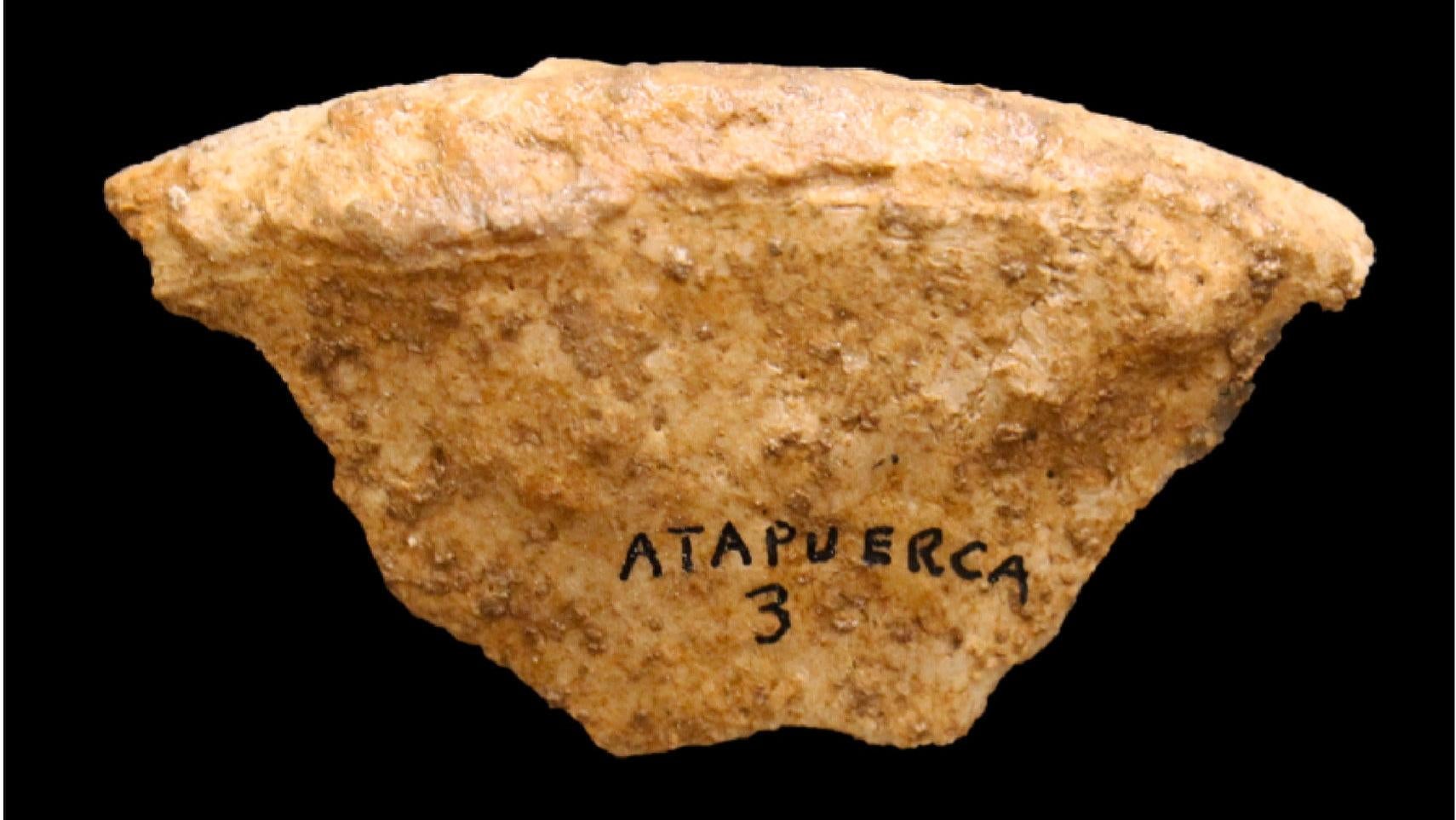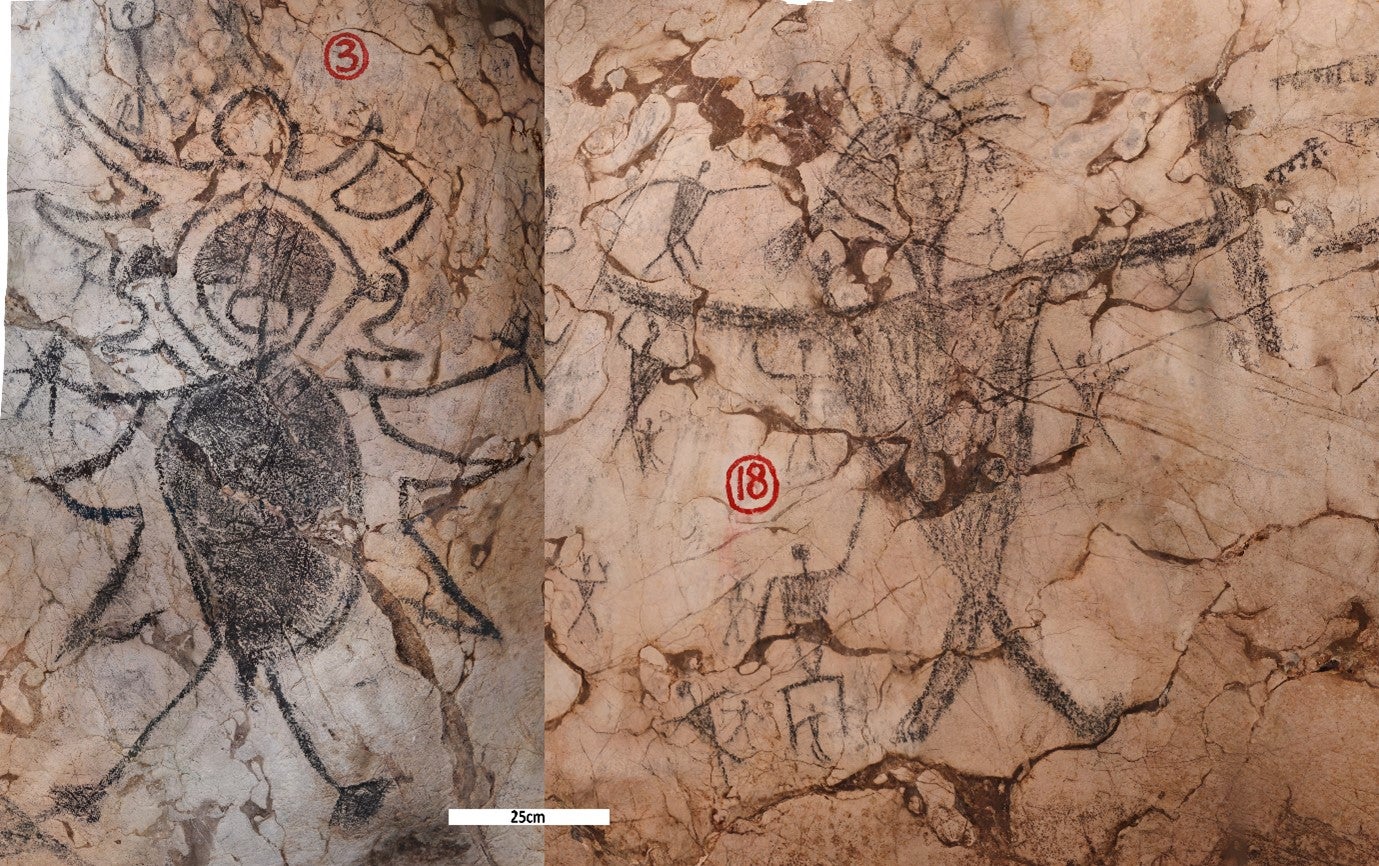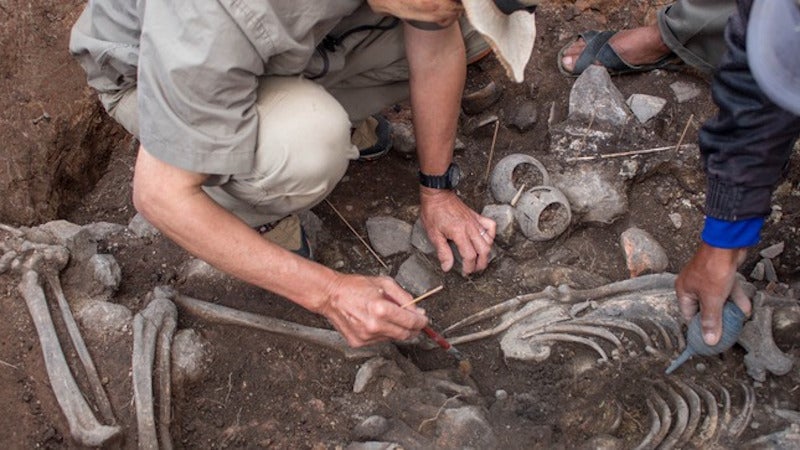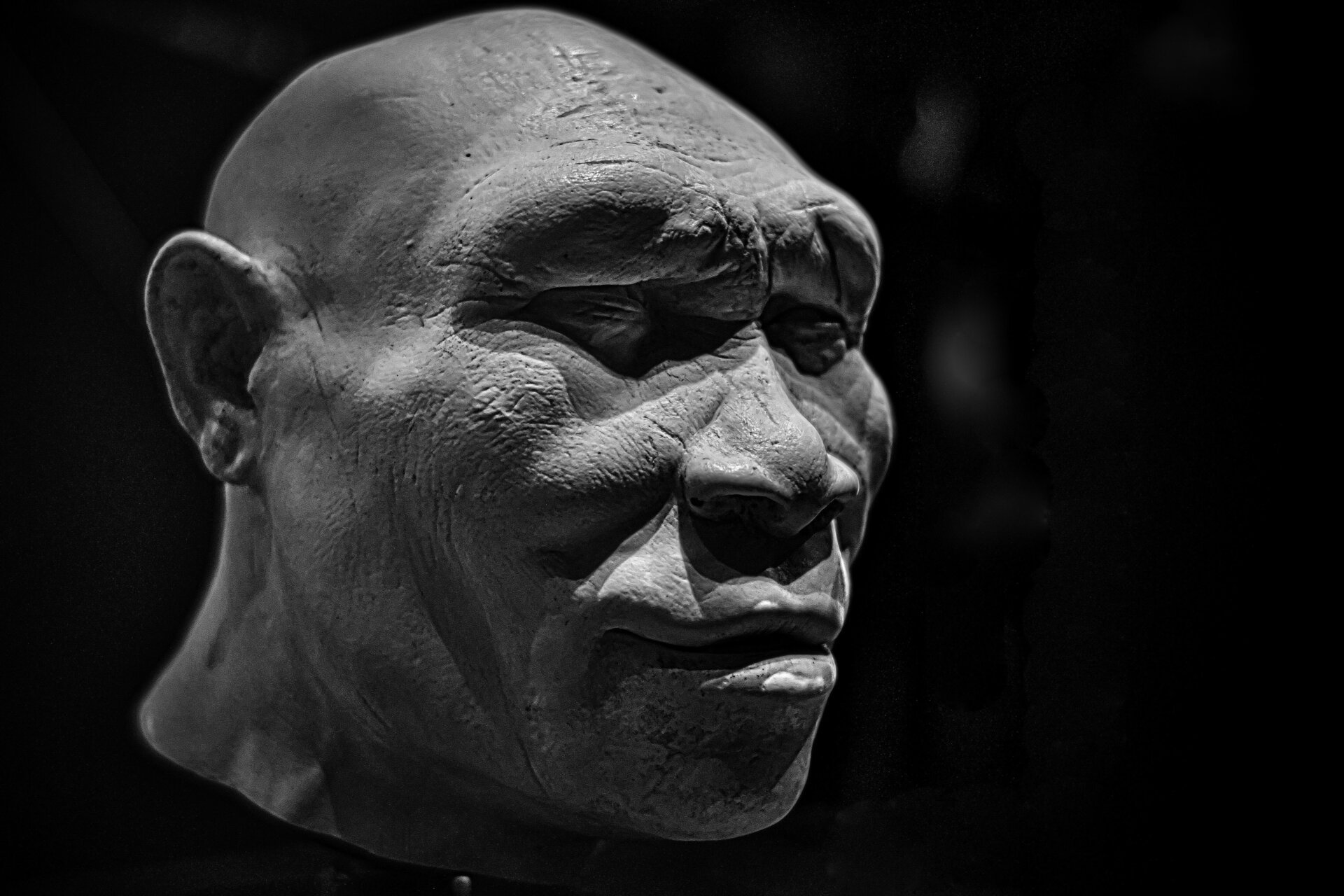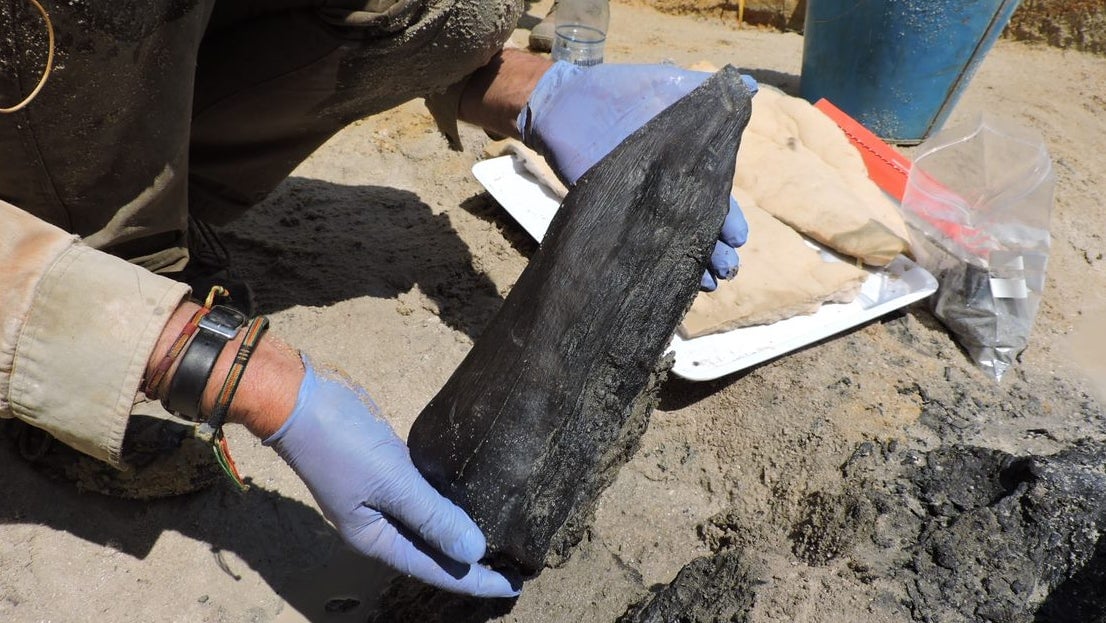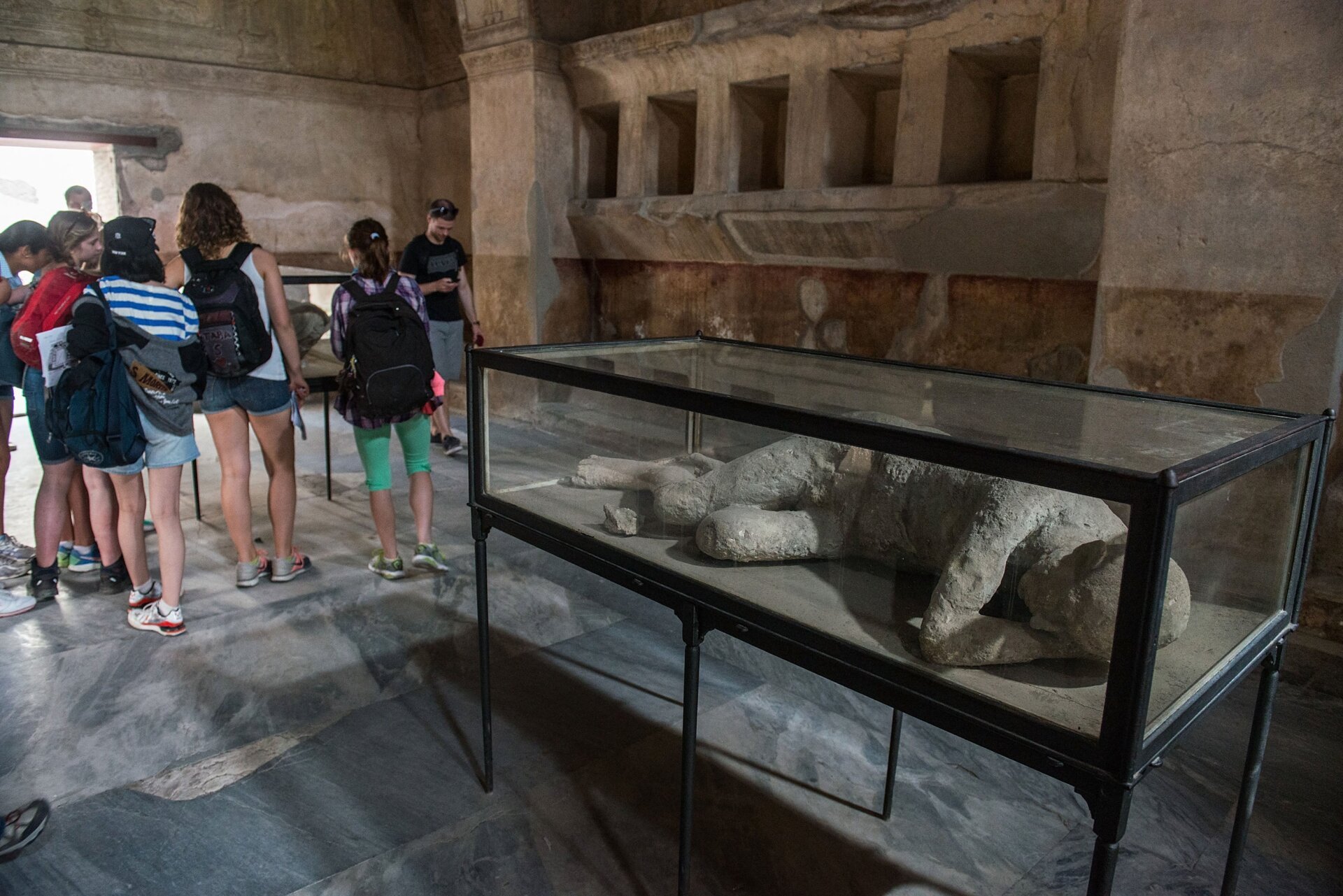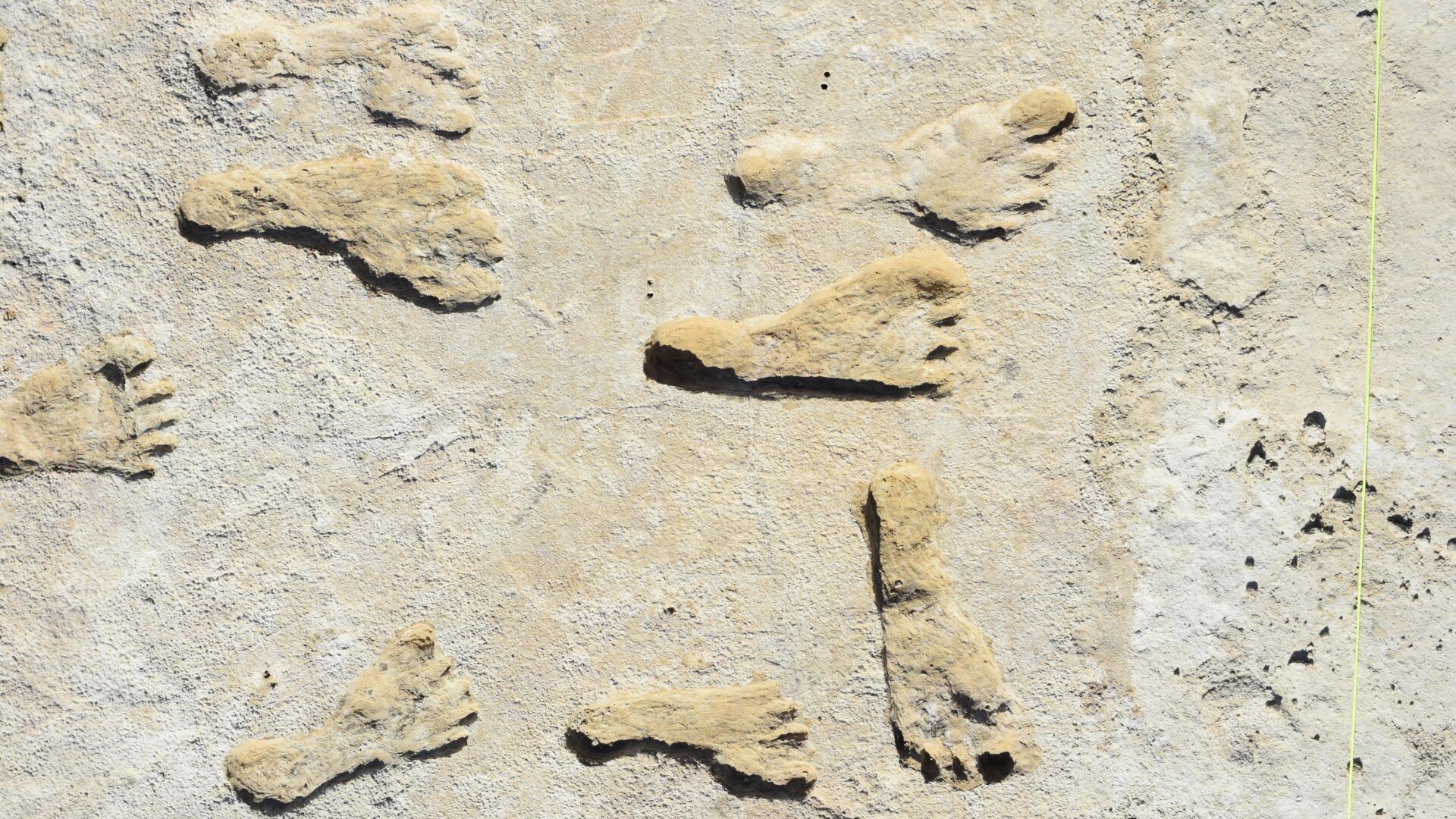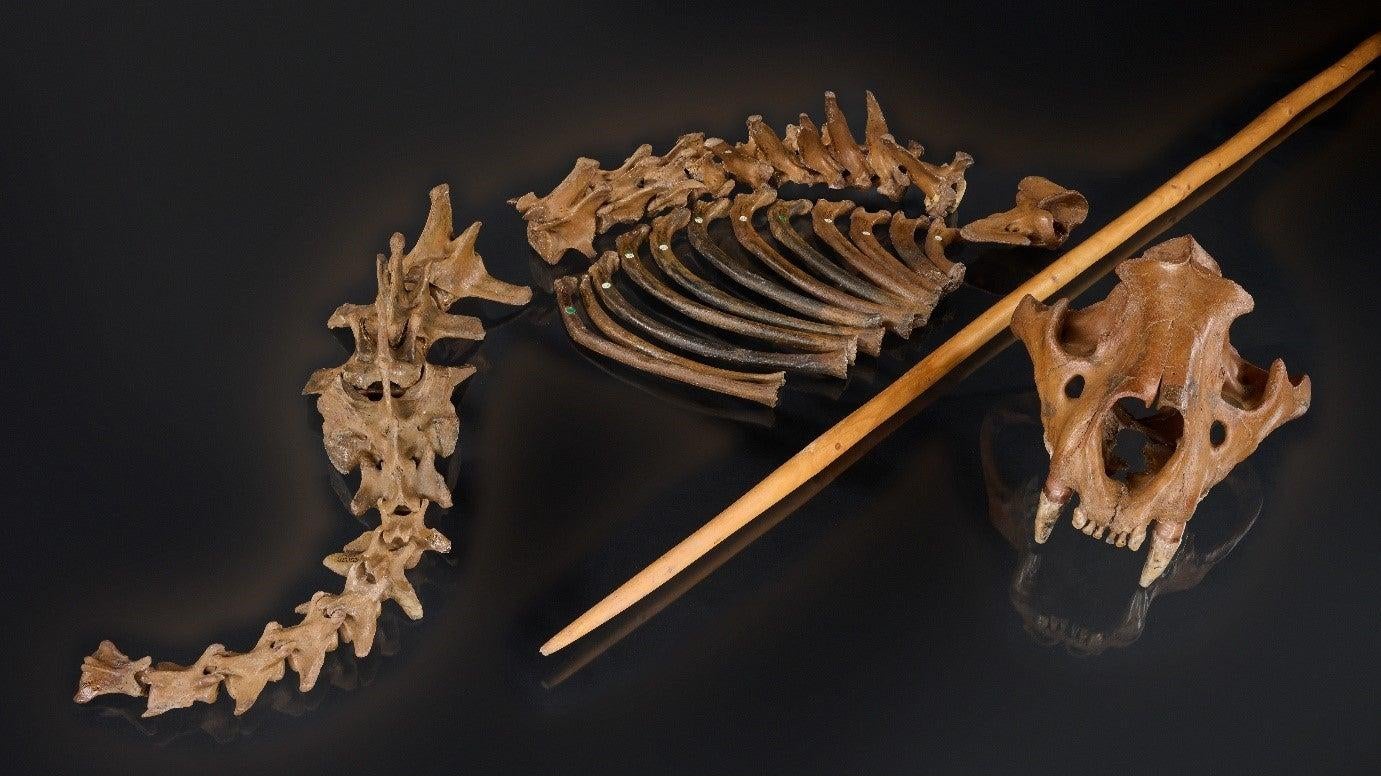The Galería del Sílex cave, part of the Sierra de Atapuerca cave system in northern Spain, holds evidence of what archaeologists believe is the oldest Neolithic funerary site in the Iberian Peninsula, predating other known sites by over a millennium. The discovery sheds light on the burial practices of early Neolithic humans in the region.
The Sierra de Atapuerca system, rediscovered in 1972, has proven a treasure trove of archaeological finds, offering glimpses into human activity dating back to the Bronze Age. The entrance to the cave system was sealed centuries ago, effectively preserving its contents like a time capsule. Within the system, different caves served various purposes for the Neolithic inhabitants. El Portalón shows signs of occupation, while Cueva del Mirador appears to have been used for sheep farming. Galería del Sílex, the focus of the recent study, served as both a living space and a burial ground.
Initially discovered in 1979, the Neolithic remains in Galería del Sílex have recently been more precisely dated. The cave contains a wealth of artifacts, including 53 panels of engravings and paintings, ancient hearths, and numerous human and animal remains. Among these remains, those of a young girl aged 13-14 have been radiocarbon dated to the 6th millennium BCE, placing them firmly within the Early Neolithic period.
The presence of Neolithic ceramics near the girl’s remains strongly suggests an intentional burial, as ceramic vessels were commonly used as funerary offerings during this period. This hypothesis aligns with other Neolithic burial practices and strengthens the claim of Galería del Sílex being a designated funerary site.
Another set of remains found in the cave’s “Sima A” section, a 50-foot (15-meter) recess, tell a different story. While initially thought to belong to Bronze Age cave explorers who fell to their deaths, the new research suggests a more nuanced interpretation. One individual within Sima A does indeed date back to the Bronze Age, approximately 4,000 years ago. The absence of accompanying Bronze Age artifacts supports the theory of an accidental fall.
However, the presence of Neolithic ceramics near some of the remains in Sima A suggests that at least some individuals were intentionally placed there, further solidifying the cave’s use as a burial site during the Neolithic period. The research team’s findings, published in Quaternary Science Reviews, highlight the significance of Galería del Sílex in understanding Early Neolithic funerary practices in Iberia. The discovery of the young girl’s remains marks the oldest known Neolithic burial in the region, pushing back the timeline of such practices by over 1,000 years.
This discovery underscores the importance of continued archaeological research in the Sierra de Atapuerca system, potentially revealing further insights into the lives and rituals of our ancient ancestors.



